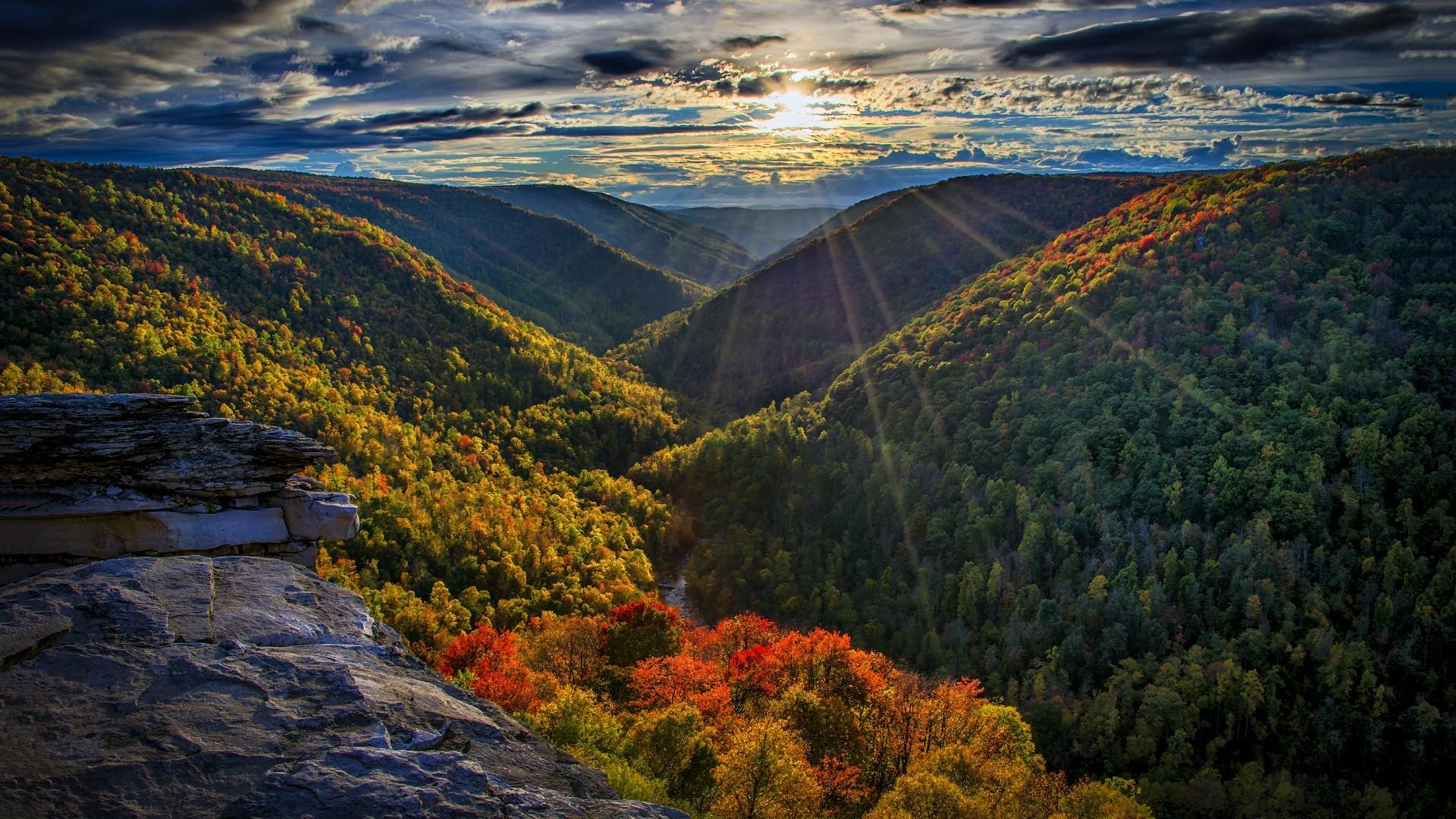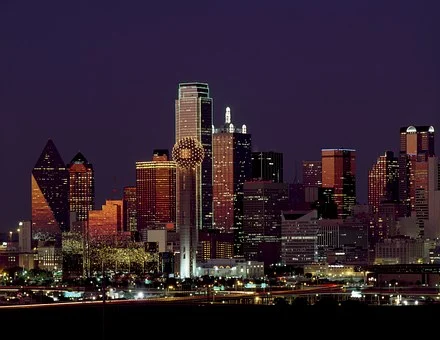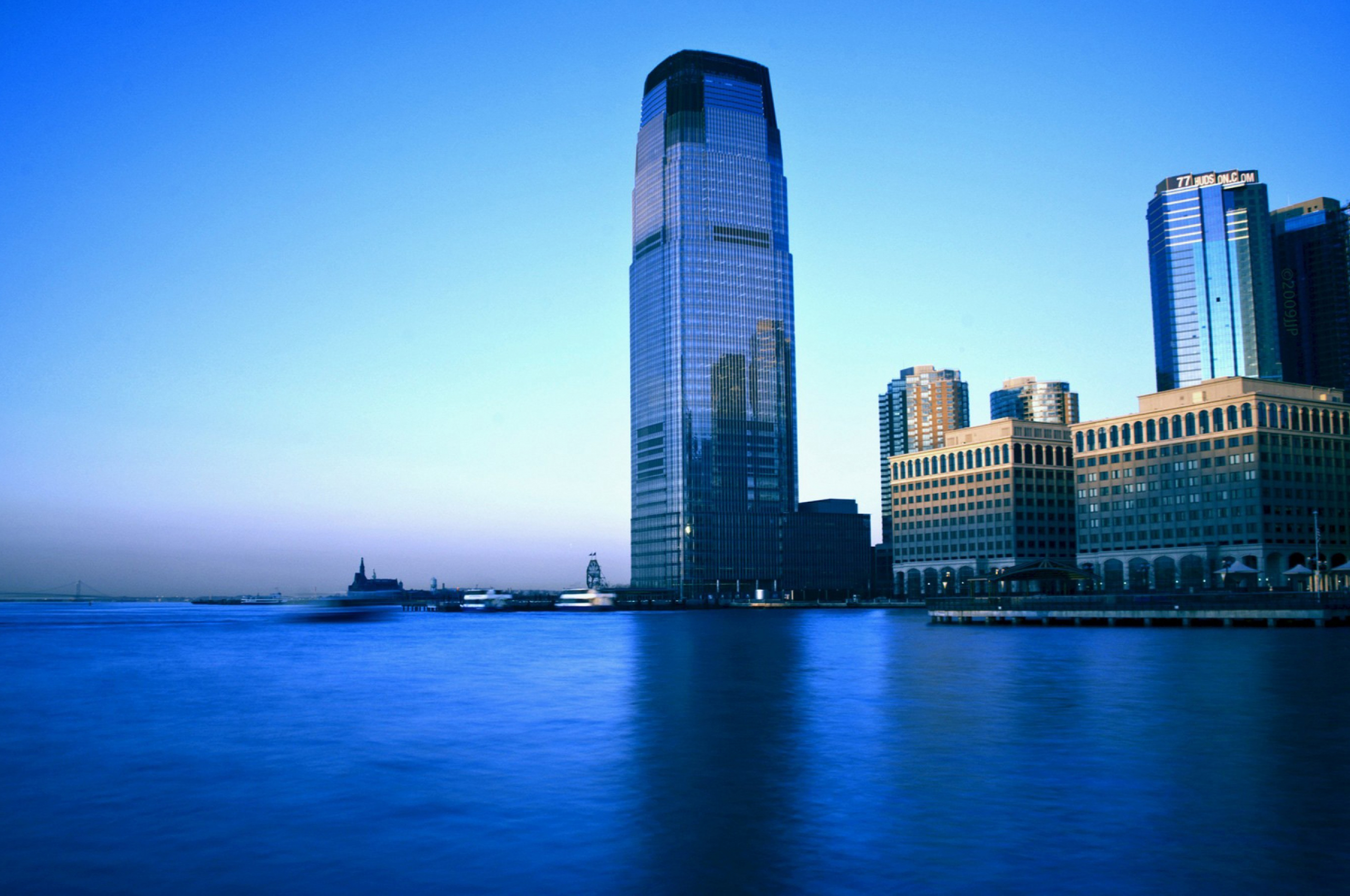Galveston, TX
Galveston ( GAL-vis-tən) is a coastal resort city and port off the Southeast Texas coast on Galveston Island and Pelican Island in the U.S. state of Texas. The community of 211.31 square miles (547.3 km2), with a population of 53,695 at the 2020 census, is the county seat of surrounding Galveston County and second-largest municipality in the county. It is also within the Houston–The Woodlands–Sugar Land metropolitan area at its southern end on the northwestern coast of the Gulf of Mexico.
Galveston, or Galvez's town, was named after 18th-century Spanish military and political leader Bernardo de Gálvez, 1st Count of Gálvez (1746–1786), who was born in Macharaviaya, Málaga, in the Kingdom of Spain. Galveston's first European settlements on the Galveston Island were built around 1816 by French pirate Louis-Michel Aury to help the fledgling empire of Mexico fight for independence from Spain, along with other colonies in the Western Hemisphere of the Americas in Central and South America in the 1810s and 1820s. The Port of Galveston was established in 1825 by the Congress of Mexico following its independence from Spain. The city was the main port for the fledgling Texas Navy during the Texas Revolution of 1836, and later served temporarily as the new national capital of the Republic of Texas. In 1865, General Gordon Granger arrived at Ashton Villa and announced to some of the last enslaved African Americans that slavery was no longer legal. This event is commemorated annually on June 19, the federal holiday of Juneteenth.
During the 19th century, Galveston became a major U.S. commercial center and one of the largest ports in the United States. It was, for a time, Texas' largest city, known as the "Queen City of the Gulf". It was devastated by the unexpected Galveston Hurricane of 1900, whose effects included massive flooding and a storm surge which nearly wiped out the town. The natural disaster on the exposed barrier island is still ranked today as the deadliest in United States history, with an estimated death toll between 6,000 and 12,000 people. The city subsequently reemerged during the Prohibition era of 1919–1933 as a leading tourist hub and a center of illegal gambling, nicknamed the Free State of Galveston until this era ended in the 1950s with subsequent other economic and social development.
Much of Galveston's economy is centered in the tourism, health care, shipping, and financial industries. The 84-acre (34 ha) University of Texas Medical Branch campus with an enrollment of more than 2,500 students is a major economic force of the city. Galveston is home to six historic districts containing one of the largest historically significant collections of 19th-century buildings in the U.S., with over 60 structures listed on the National Register of Historic Places, maintained by the National Park Service in the United States Department of the Interior.








